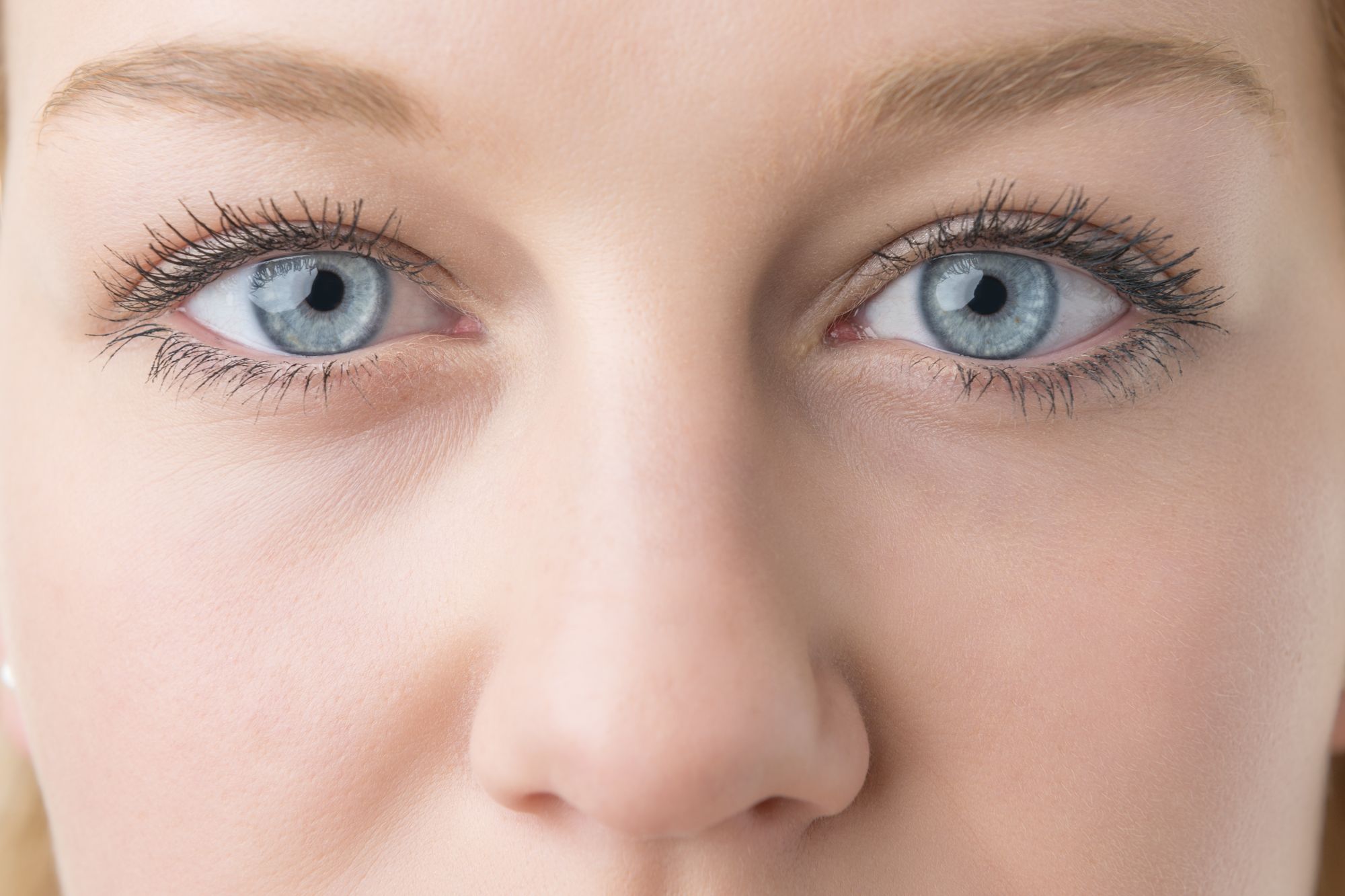- Center on Health Equity & Access
- Clinical
- Health Care Cost
- Health Care Delivery
- Insurance
- Policy
- Technology
- Value-Based Care
Understanding Eyebrow and Eyelash Hair Loss in Severe Alopecia Areata
The distribution of eyebrow and eyelash hair loss in relation to the severity of scalp hair loss remains underexplored, and this study established baseline characteristics.
This article originally appeared on the Dermatology Times® website.
Alopecia areata (AA) is characterized by scalp hair loss, but its impact extends to eyebrow and eyelash hair, significantly affecting patients' well-being. However, the distribution of eyebrow and eyelash hair loss in relation to the severity of scalp hair loss remains underexplored.
Woman's eyes

Jerry Shapiro, MD, is the first dermatologist to devote his entire practice to the study of hair and serves as the director of disorders of the hair and scalp at New York University in Manhattan. He led a team of researchers and presented the data in the poster session “Baseline distribution of eyebrow and eyelash loss by severity of scalp hair loss in phase 3 trials of baricitinib for alopecia areata” at Maui Derm NP+PA Fall 2023 in Asheville, North Carolina, from September 27-30.1
The BRAVE-AA1 and BRAVE-AA2 phase 3 trials focused on adult patients with severe AA, defined by Severity of Alopecia Tool (SALT) scores of ≥50, indicating substantial scalp hair loss. To assess eyebrow and eyelash hair loss, clinicians employed the Clinician-Reported Outcome (ClinRO) Measure for Eyebrow Hair Loss and the ClinRO Measure for Eyelash Hair Loss. These measures categorized scores as 0/1 (indicating full coverage or minimal gaps) and 2/3 (reflecting significant gaps or no notable hair).
Among patients with SALT scores ranging from 50 to 74, 75 to 94, and 95 to 100, the distribution of eyebrow hair loss was as follows: 58.6% and 41.4%, 39.5% and 60.5%, and 12.8% and 87.2% for scores 0/1 and 2/3, respectively. In terms of eyelash hair loss, the breakdown was: 70.1% and 29.9%, 54.1% and 45.9%, and 22.4% and 77.6% for scores 0/1 and 2/3, respectively.
These findings shed light on a noteworthy trend: as the severity of scalp hair loss increased, so did the proportions of patients experiencing significant gaps or a complete absence of eyebrow and eyelash hair. This insight provides valuable information about the diverse presentations and burdens of severe AA, ultimately enhancing our comprehension of this condition.
By delving into the intricate relationship between scalp, eyebrow, and eyelash hair loss, clinicians can refine their approach to managing severe AA, offering more tailored and effective interventions.
Reference
1. Shapiro J, Ko J, Egeberg A, et al. Baseline distribution of eyebrow and eyelash loss by severity of scalp hair loss in phase 3 trials of baricitinib for alopecia areata. Poster presented at: Maui Derm NP+PA Fall 2023; September 27-30, 2023; Asheville, NC.
